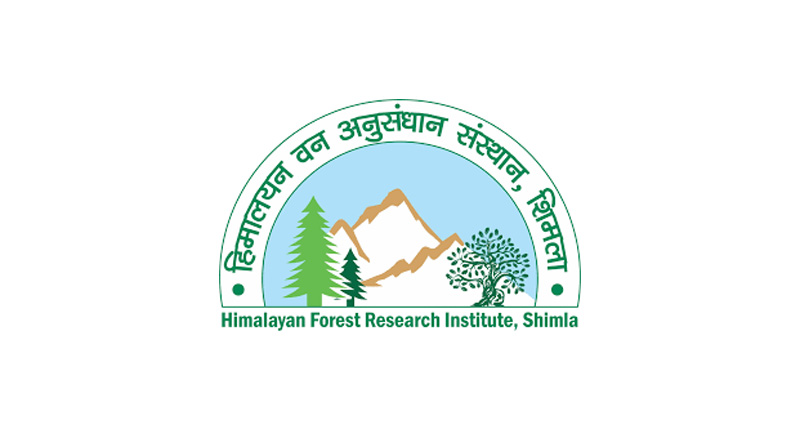HFRI prepares DPRs
Excelsior Correspondent
JAMMU, July 27: The Himalayan Forest Research Institute (HFRI) at Shimla has prepared the Detailed Project Reports (DPRs) for – Beas, Chenab, Jhelum, Ravi and Satluj rivers for their conservation and rejuvenation through forestry interventions.
These five major rivers including their 81 tributaries have total length of 6,099.9 km. These rivers and their major tributaries are covered under this project.
Rs 3,161.77 crore are proposed to be incurred on the entire project, official sources said.
Beas, Chenab, Ravi, Satluj and Jhelum are known as lifelines of Jammu & Kashmir, Punjab and Himachal Pradesh.
With the passage of time, the water level of these rivers has decreased and due to human intervention, the condition of these rivers has been adversely affected.
The National Board of Afforestation and Eco-Development (NAEB) under the Union Ministry of Environment, Forest & Climate Change had decided that efforts should be made for conservation and rejuvenation of major rivers – Jhelum, Chenab, Ravi, Beas, Satluj, Yamuna, Brahmaputra, Luni, Narmada, Godavari, Mahanadi, Krishna and Kaveri through forestry interventions.
The task of DPR was assigned to the Indian Council of Forestry Research and Education (ICFRE) in Dehradun, which is an autonomous body under the same Union Ministry. The work was done by ICFRE through its regional research institutes located in different parts of the country.
DPRs have proposed that Rs 869.38 crore be spent on Beas river (Himachal Pradesh and Punjab); Rs 376.27 crore for Chenab (Himachal Pradesh and Jammu & Kashmir); Rs 420.75 crore on Jhelum (Jammu & Kashmir); Rs 498.77 crore on Ravi (Himachal Pradesh, Punjab and Jammu & Kashmir) and Rs 996 crore on Satluj (Himachal Pradesh and Punjab).
“Forestry intervention activities will be carried out in three landscapes – natural, agricultural and urban,” sources said.
HFRI, which is a regional research institute of ICFRE, has the jurisdiction of working in the Union Territories of Jammu & Kashmir and Ladakh besides Himachal Pradesh.
HFRI sources said keeping in view the vision of water conservation and the success of Namami Gange project, the Union Ministry had decided that a project on the analogy of Namami Gange be prepared for the restoration of all the major rivers of the country.
They said the copies of these DPRs were being supplied to the Forest departments of Himachal Pradesh, Punjab, and Jammu & Kashmir for implementation.
It is hoped that from next financial year it can be implemented with the financial assistance of the Central and State Governments.
He said various models of forestry plantations, including wood species, medicinal plants, grasses, shrubs and fuel, fodder and fruit trees aim to increase water content, increase groundwater recharge and prevent soil erosion.
Substantial potential benefits have been envisaged and expected after the implementation of this ambitious and comprehensive project, an increase of about 825.34 sq km of forest area in the vicinity of the five river basins and an estimated reduction of 9.1 million tonnes in atmospheric carbon dioxide content is expected.
In addition, these efforts are expected to increase water conservation by 108.6 million cubic meters per year and significantly reduce sediment load in rivers.


